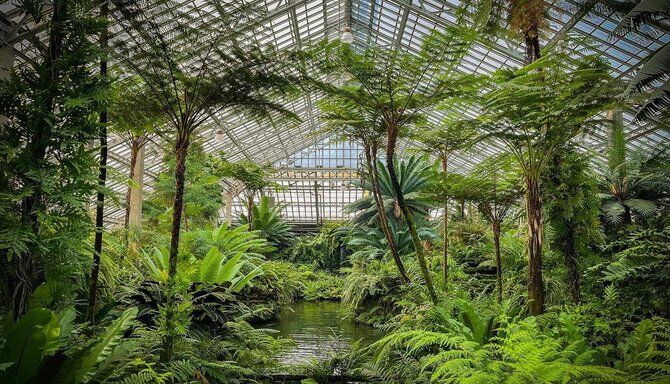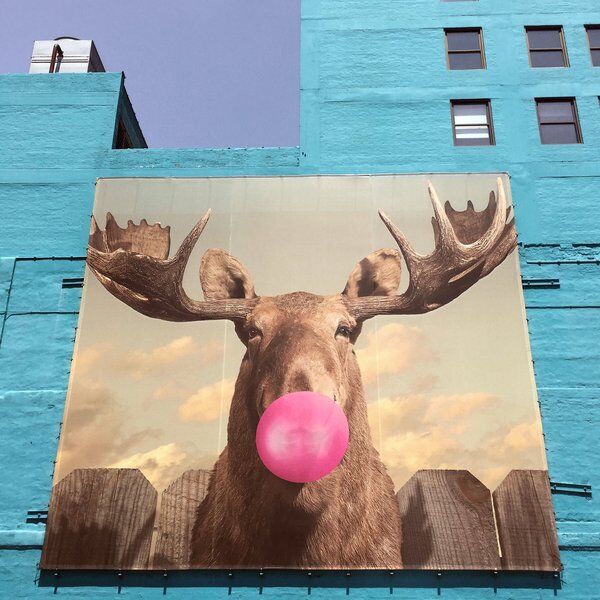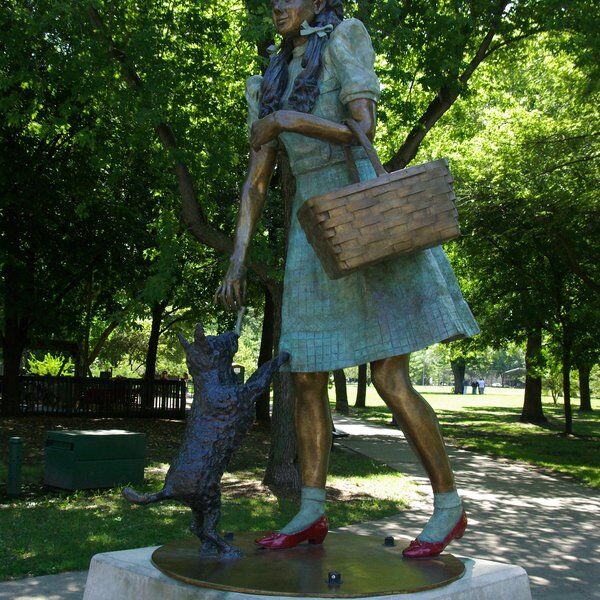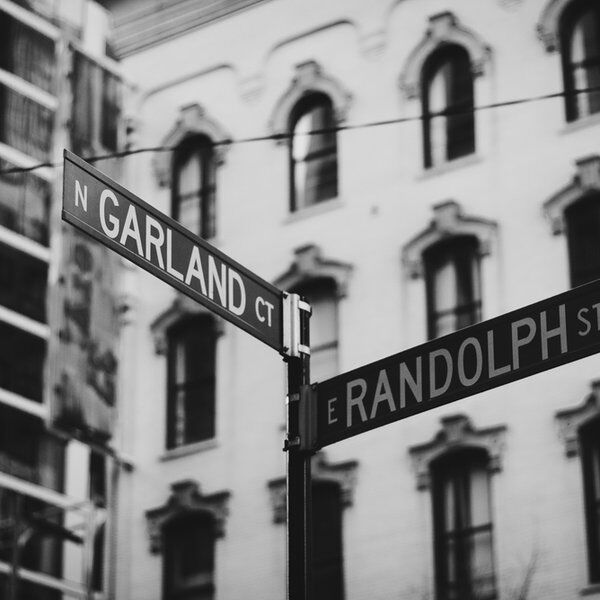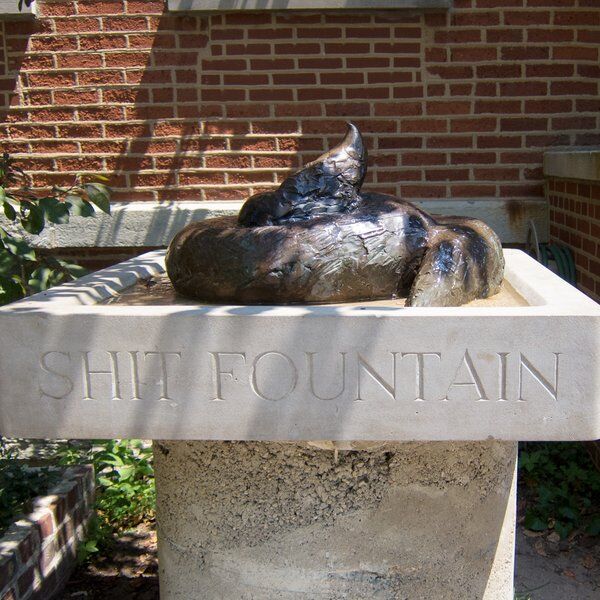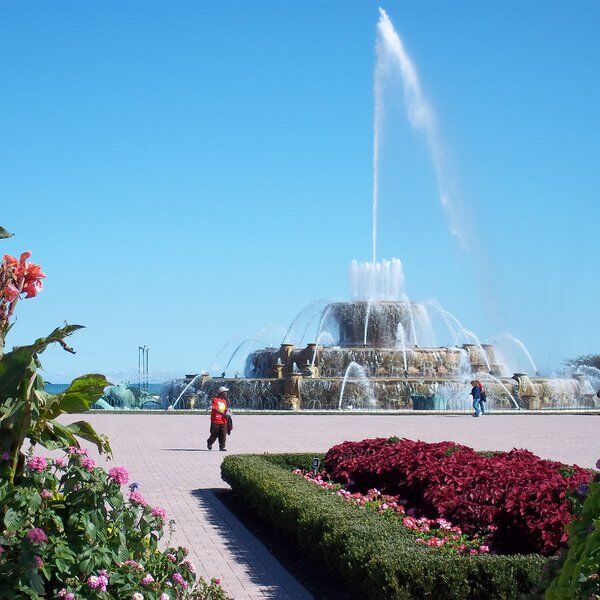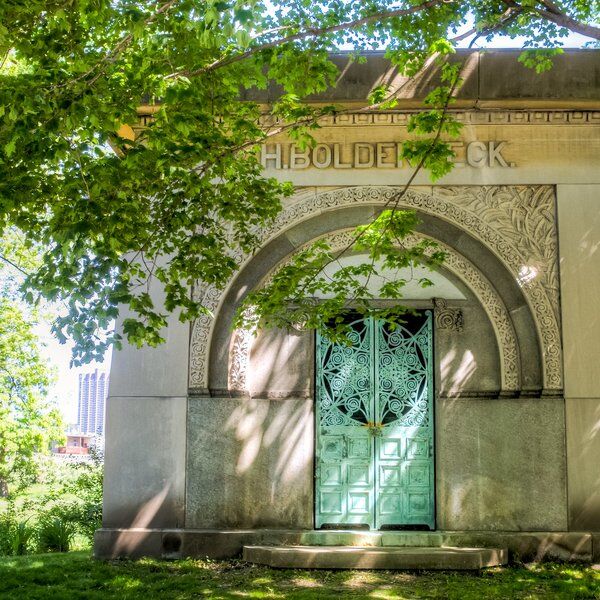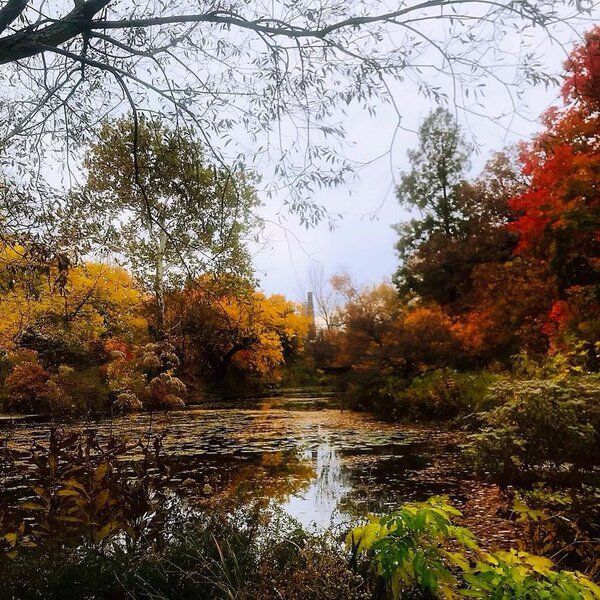What is the Garfield Park Conservatory?
“The largest publicly owned conservatory under one roof, in the world.”
The Garfield Park Conservatory is situated in Chicago’s Garfield Park and showcases a number of important horticultural collections from all over the world. It also runs educational and community outreach programs.
Spanning roughly 10,000 square ft the Conservatory, having replaced three smaller greenhouses from the 1880s, is one of the largest in America. At the time of its grand opening in 1908, it was considered revolutionary.

Who designed the Garfield Park Conservatory?
“Landscape art under glass.”
In 1905, Jens Jensen demolished the three original greenhouses, which had become outdated and derelict. Jensen was the Chief Landscape Architect for Chicago's West Park Commission. His vision was to establish a series of elaborate landscapes under a simple glass structure. A notion that was never before conceived of.
Over the next two years Jensen worked in a unique collaboration with:
- The New York based Hitchings and Company.
- Prairie School architects Schmidt, Garden, and Martin.
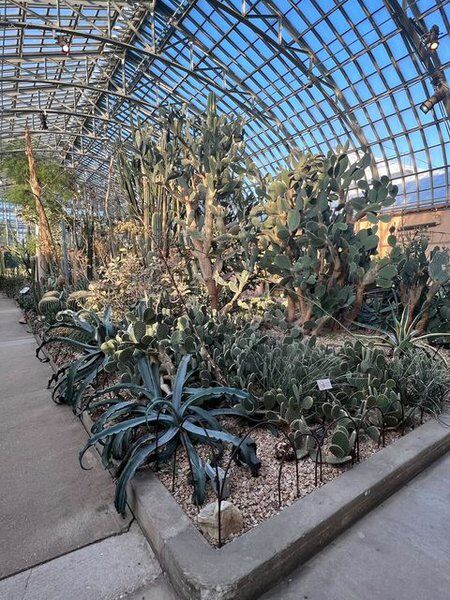
Original plants from the smaller conservatories were moved into the new greenhouse. But Jensen made sure they were taken out of their pots and planted straight into the ground. Unsightly pipes and other mechanical elements were concealed behind attractive walls of stratified stonework. Ultimately, Jensen’s attention to detail allowed the Garfield Park Conservatory to beautifully compliment the various plants and landscapes it came to host.
The History of the Garfield Park Conservatory
Within 20 years of its installation, the Garfield Park Conservatory welcomed half a million visitors each year. However, in the decades that followed, the structure deteriorated. Major reconstruction of the Conservatory was attempted in the 1950s by the Chicago Park District, but it was too late; popularity was lost, and attendance dropped dramatically.
In 1994, the Chicago Park District made another attempt to revive the ageing Conservatory, with a multi-million-dollar restoration plan. This reignited attendance and interest in the structure and also led to the establishment of the Garfield Park Conservatory Alliance.
The Garfield Park Conservatory Alliance
The Alliance was formed in 1995. Its chief purpose was to ensure the Garfield Park Conservatory did not become neglected again, after its expensive revamp. It also raised millions of dollars to fund educational programs, innovative events, and useful services for visitors. These programs and events included; Creatures of the Night, Beer Under Glass, County Fair, and Fleurotica among others.
The work of the Garfield Park Conservatory Alliance furthered the facility's popularity and development. This culminated in the Conservatory receiving the National Medal for Museum and Library Services in 2012 and being chosen as one of Illinois' 200 Great Places ahead of Illinois' 2018 Bicentennial celebrations.
Damage to the Garfield Park Conservatory
On June 30th, 2011, a hailstorm caused severe damage to many of the Conservatory’s showrooms and production houses (where plants were grown and stored). Some rooms were less damaged because they had laminated glass. But most areas including Fern Room, Desert House, and Show House had to be closed for repairs.
Local artist Bryan Northup made limited-edition bowls from the broken glass, which were sold by the Conservatory. Money from the sales helped fund the structure’s restoration.

Things to do...
Away from the bustling city of Chicago visitors can bask in tropical temperatures whilst viewing the luscious flora inside the Garfield Park Conservatory or take a stroll through the scenic outdoor gardens.
Showrooms include:
- The Fern Room
- The Palm House
- The Showhouse
- Aroid House
- The Desert House
- Horticulture Hall
The Fern Room
Designed by Jensen to give visitors a glimpse at prehistoric Chicago, the Fern Room is considered the statement piece of the Garfield Park Conservatory. It is lined with ferns, fern allies (plants that thrive in similar conditions), and 300-year old cycads.
This showroom also exhibits some of Jensen’s most impressive stone and water features. People often remark that the waterfall looks so authentic that the magnificent glass structure must have been built around it. In reality, Jensen had his stonemason dismantle and rebuild the water feature several times to make sure it sounded perfect as it “tinkled gently from ledge to ledge.”
The Palm House
Palm House is the largest room in the Garfield Park Conservatory. Intended as a tropical landscape it features more than 70 elegant palms (and other warm-habitat plants), which soar upwards to its 65 ft tall ceiling.
The Show House
This showroom features a rotating exhibition of the season’s best plant species.
The Aroid House
Aroid House was originally Jensen’s Conifer House. Chief Florist August Koch converted the showroom in 1923 but endeavored to keep it in line with Jensen’s original philosophies. A notable feature of the Aroid House is the permanent display of Dale Chihuly’s 16 yellow lily-pads in the "Persian Pool".
The Desert House
An array of one of Chicago’s most diverse collections of cacti and other succulents.
The Horticulture Hall
As we know, by the late 1920s the Conservatory had become a very popular Chicagoan attraction. This new-found fame allowed for the development of new showrooms and propagating houses. One major addition was the Horticulture Hall in 1928. Inside Horticulture Hall visitors can sit in quiet and relaxed contemplation, or marvel at the mosaic Moroccan Fountain. It is also available to rent as a function space.
100 years of the Garfield Park Conservatory
In 2008, to celebrate its centenary, the Conservatory opened a new exhibit called Sugar from the Sun.
Sunlight takes thousands of years to be created, about eight minutes to reach Earth, and a fraction of a second to be captured and used by plants.
The exhibit explains the process of a plant's survival to its visitors, whereby plants trap sunlight and transform water and carbon dioxide from the air into sugar. Otherwise known as photosynthesis.
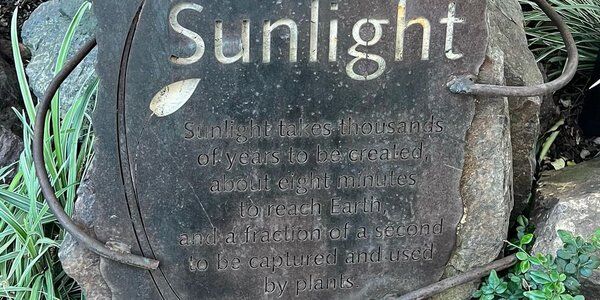
Interested in finding more places like this? Try one of our Chicago Scavenger Hunts - untangle cryptic clues as a team, as you are taken on a journey to the most unique, unusual and bizarre corners of Chicago and beyond!
